In Images: Marine Fossils from an Ancient Mass Die-Off
Mass stranding
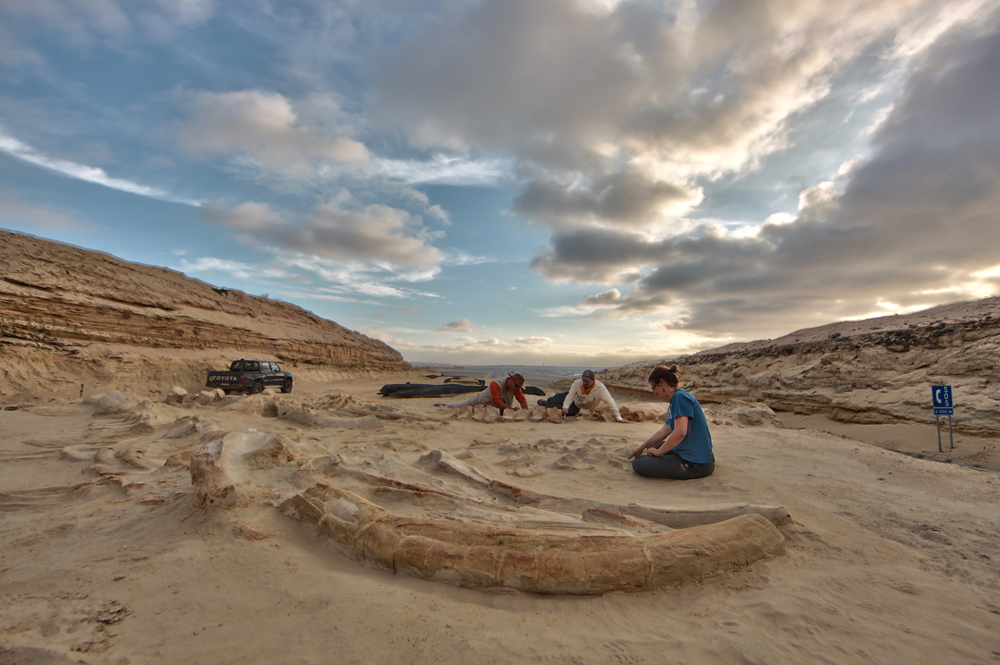
Researchers have discovered dozens of fossilized skeletons of marine animals in what was once an ancient tidal flat in northern Chile. [Read full story]
First of its kind
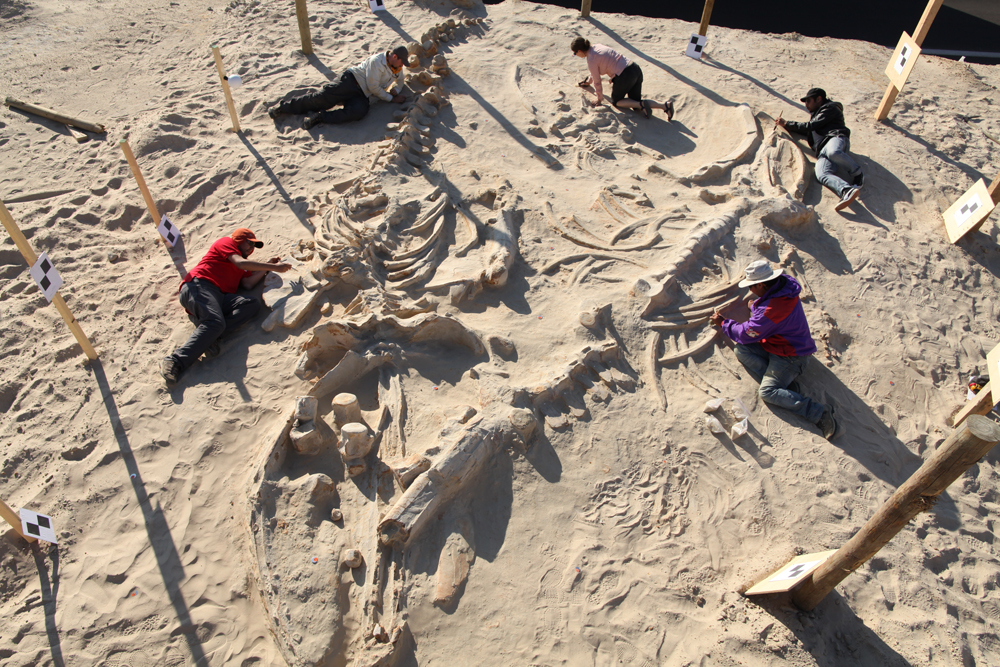
The piles of bones appear in four distinct layers, suggesting that the animals died in repeated events of what are known as mass strandings. The researchers believe the animals were poisoned to death by harmful algal blooms that produce toxins capable of killing marine life when they accumulate in large quantities. [Read full story]
Road cut
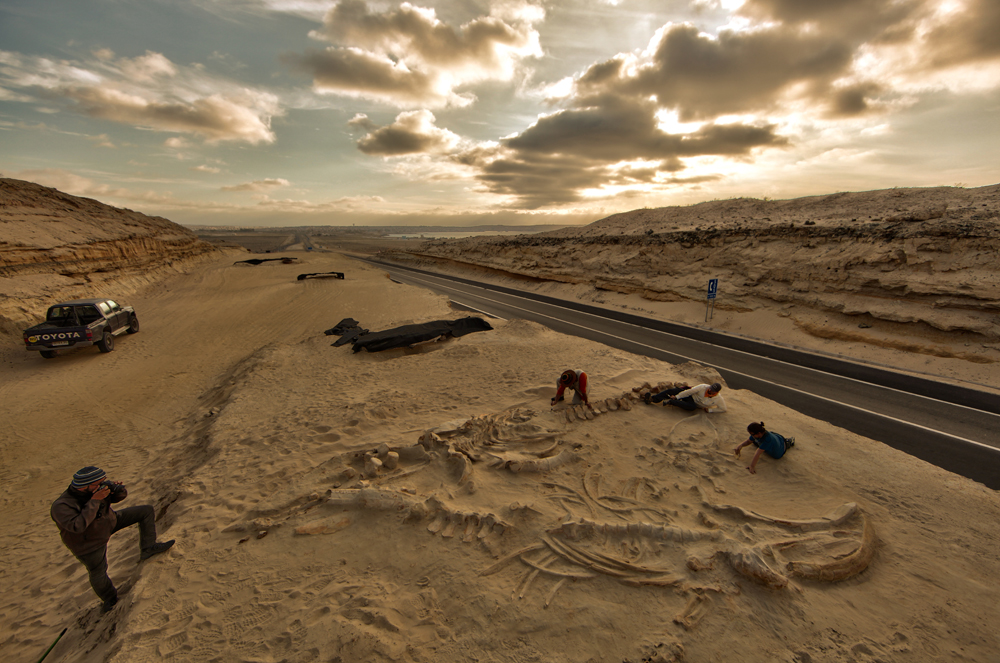
The fossils were discovered in a road cut. [Read full story]
Fossil whales
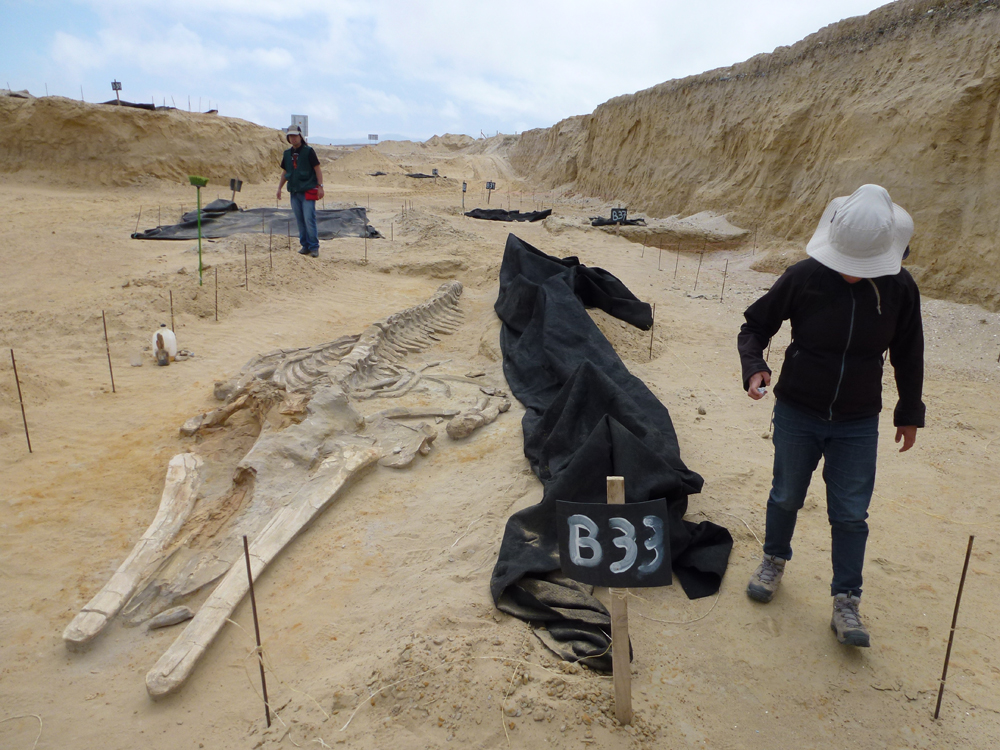
Whales were the most common animal found within the fossils. [Read full story]
3D scans
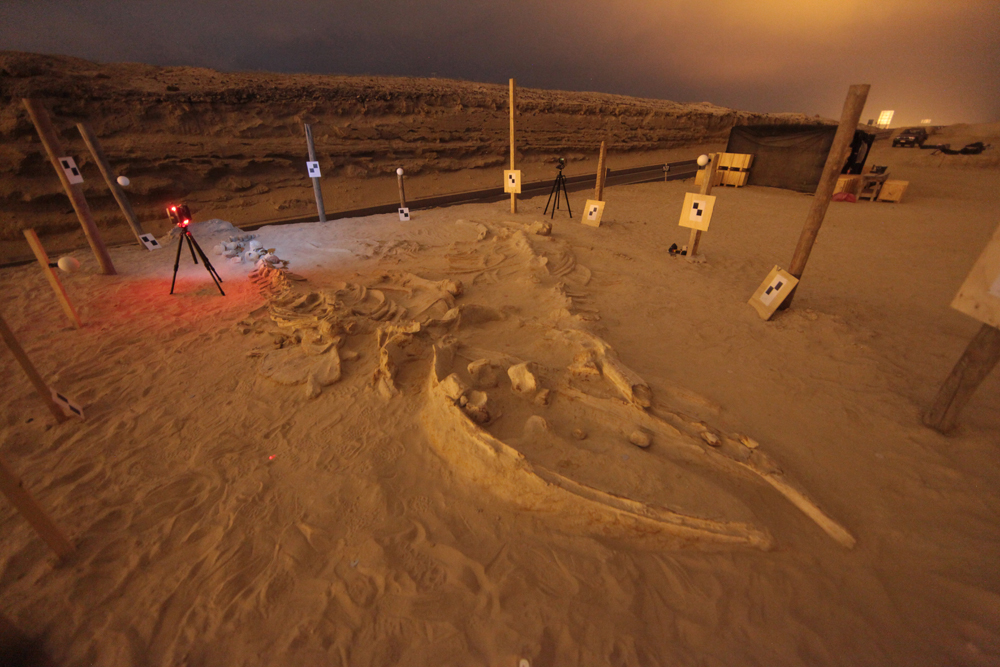
The researchers collected 3D scans of the bones to analyze back in the lab. [Read full story]
3D scanning tent

The researchers set up tents to control the lighting for the 3D scans. [Read full story]
Get the world’s most fascinating discoveries delivered straight to your inbox.



